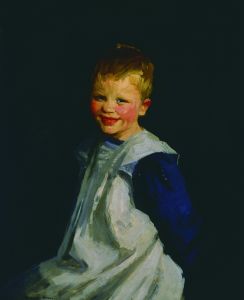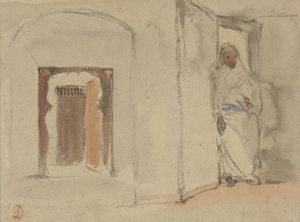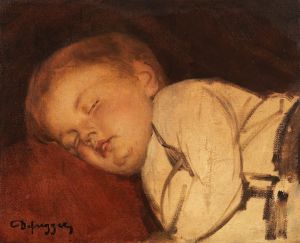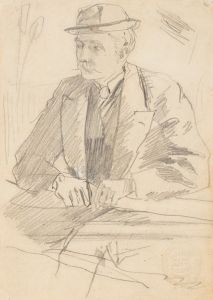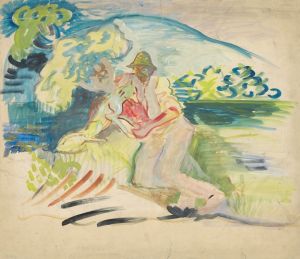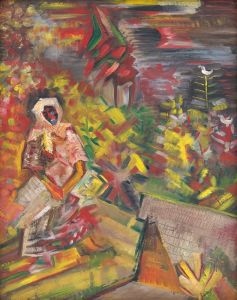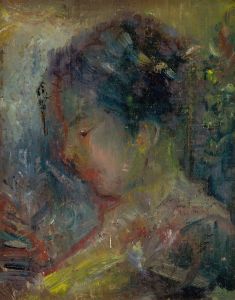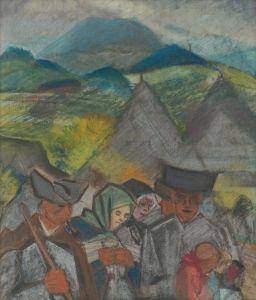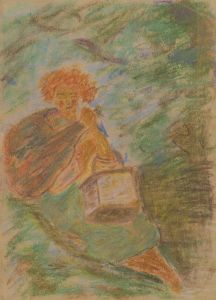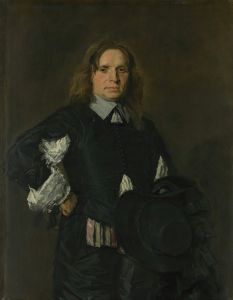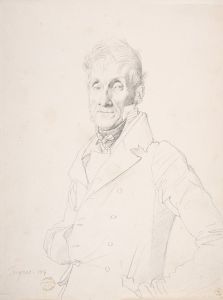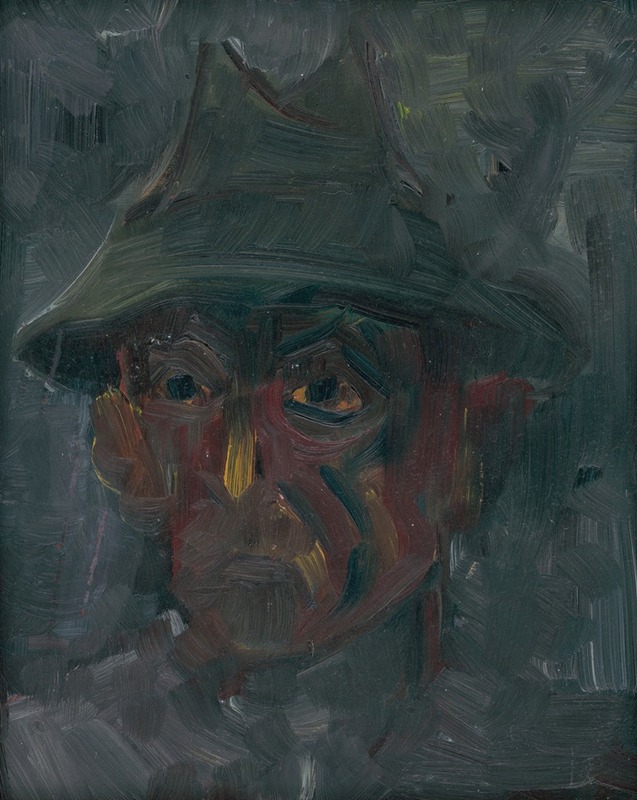
Head of a Man in a Hat
A hand-painted replica of Arnold Peter Weisz-Kubínčan’s masterpiece Head of a Man in a Hat, meticulously crafted by professional artists to capture the true essence of the original. Each piece is created with museum-quality canvas and rare mineral pigments, carefully painted by experienced artists with delicate brushstrokes and rich, layered colors to perfectly recreate the texture of the original artwork. Unlike machine-printed reproductions, this hand-painted version brings the painting to life, infused with the artist’s emotions and skill in every stroke. Whether for personal collection or home decoration, it instantly elevates the artistic atmosphere of any space.
Arnold Peter Weisz-Kubínčan was a Slovak-Jewish painter and graphic artist whose works are noted for their expressive and modernist style. Among his surviving works is the painting Head of a Man in a Hat. This piece exemplifies Weisz-Kubínčan's ability to blend bold, angular forms with a sense of emotional depth, a hallmark of his artistic approach.
Weisz-Kubínčan was born in 1898 in Dolný Kubín, then part of Austria-Hungary, and later became a prominent figure in Slovak modern art during the interwar period. His works often reflected the influences of Expressionism and Cubism, movements that were gaining prominence in Europe during his lifetime. Head of a Man in a Hat is believed to have been created during the 1930s, a period when Weisz-Kubínčan was actively producing art that explored themes of identity, humanity, and the complexities of modern life.
The painting depicts a man wearing a hat, rendered in a stylized and abstract manner. The angular lines and geometric shapes used to construct the figure's face and hat suggest the influence of Cubism, while the expressive quality of the brushwork and the somber tone evoke the emotional intensity characteristic of Expressionism. The muted color palette further enhances the introspective and contemplative mood of the piece.
Weisz-Kubínčan's career was tragically cut short during World War II. As a Jewish artist living in Slovakia during the Holocaust, he faced persecution under the Nazi regime. In 1944, he was deported to a concentration camp, where he was killed. Much of his work was lost or destroyed during this period, making the surviving pieces, such as Head of a Man in a Hat, particularly significant as rare remnants of his artistic legacy.
Today, Head of a Man in a Hat is recognized as an important example of Weisz-Kubínčan's contribution to Slovak modern art. It serves as a testament to his talent and the resilience of his artistic vision in the face of adversity. The painting is held in a private collection, and its exact provenance and exhibition history remain limited due to the challenges of documenting his oeuvre after the war.
Weisz-Kubínčan's work continues to be studied and appreciated for its innovative style and poignant historical context, offering insight into the cultural and artistic landscape of Slovakia in the early 20th century.





